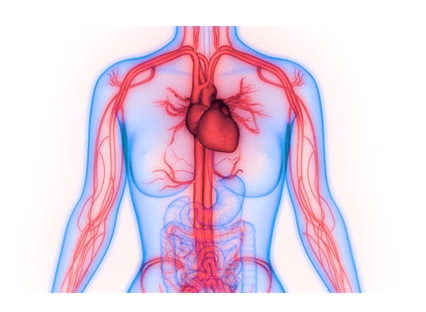
My Doctor says I need an Angiogram. What does that mean?

The medical term "angiography" refers to the study of blood arteries, whereas "graphy" refers to the study of images (think photography). Angiography is a procedure that involves capturing photographs of your blood vessels. X-rays are used to take the photographs. An angiography is the name for the image that was taken.
Doctors typically only want images of one or two blood vessels in a problem location, rather than all of your blood vessels. Doctors use a needle to place a cuff around the patient's neck to obtain the images. The liquid (called a contrast agent) is then injected through the catheter. The contrast agent highlights the interior of the blood vessels on x-rays (video or photos). The images demonstrate how well your blood is flowing and whether or not your blood vessels are clogged. The catheter is normally inserted by a tiny incision in your groin or arm by your doctor. Angiography is a procedure that examines your blood arteries for issues. Angiography may also be used to correct an issue in your blood arteries that physicians discover during the procedure. If your doctor suspects you have a blood vessel disease, you may require an angiography.
• A stumbling barrier (blockage)(such as a blood clot that caused a heart attack or stroke)
• Tightening or narrowing (such as caused by hardening of the arteries)
• a bulging in the wall of a weakened blood vessel (aneurysm)
• A blood vessel is filled with tears.
Angiography is a procedure in which doctors examine the arteries. The blood channels that transport blood away from your heart are known as arteries. Depending on which blood arteries physicians wish to view, the test might last anywhere from a few minutes to many hours. During the test, you'll be given medication to help you relax but not sleep.
Doctors will give you a shot to numb the region where they will make a tiny incision, which will likely be in your groin or arm.
They'll thread a catheter through the incision to the blood vessels they wish to examine. The contrast agent will be injected through the catheter. X-ray machines will take pictures while the contrast flows through your arteries giving a clear picture of any problems you might be having.
Doctors remove the catheter and apply pressure to the wound. It's possible that you'll have to lie down for many hours. It's possible that you'll have to spend the night in the hospital. Doctors may advise you to relax and drink plenty of water.
We are just a call or click away.
To learn more, book an appointment online or over the phone with PeachState Advanced Cardiac & Endovascular. We have several locations in Georgia: Newnan, Atlanta, & Griffin.
You Might Also Enjoy...


Feeling Faint

Should I be worried about my numb feet?

Can leg cramps be a sign of something serious?

Meet Dr. Odiete - PACE Cardiovascular Specilaist


